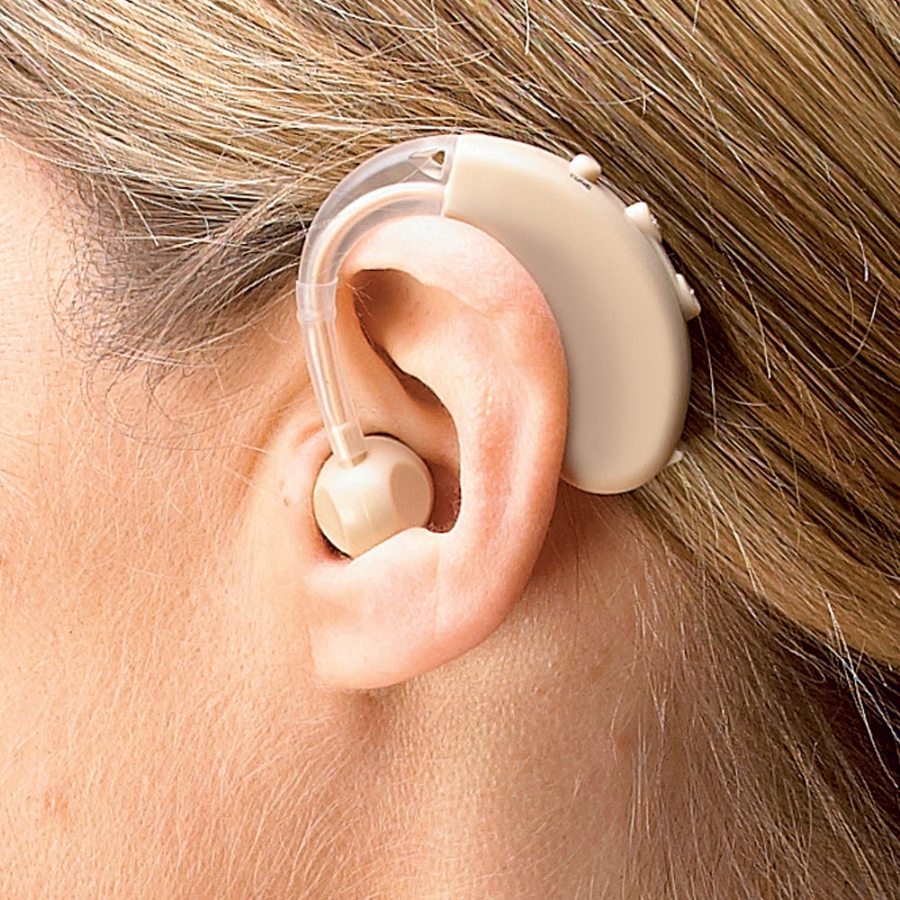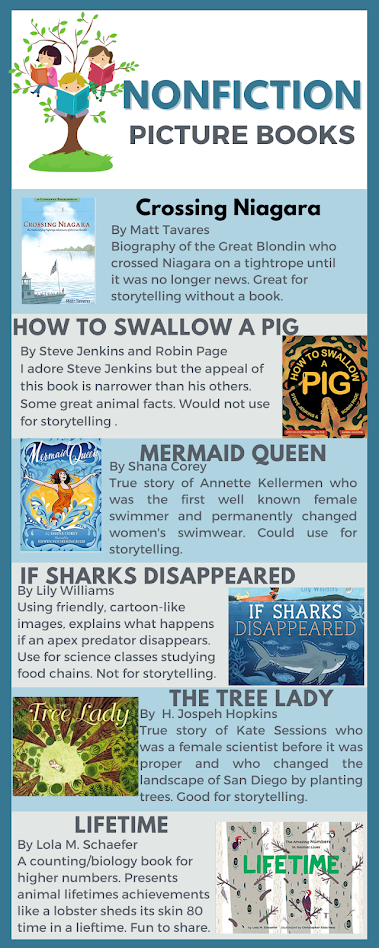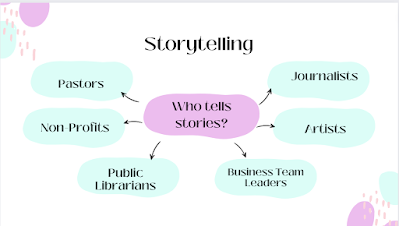Working with Hearing Impaired students
In recent years, as my hearing has gotten worse, I've learned to advocate for myself. I ask people to speak up, to look up, even to remove their masks. I ask professors for captioning on videos, and I get special headphones when I go to movie theaters. Sometimes I get what I call advocation exhaustion. If I have repeated my requests for accommodations many times and asked people to repeat themselves multiple times, sometimes I give up later in the day, I start nodding and pretending I understand. I know this is bad. But it is reality. Sometimes I retreat to room where I can be alone and stop working so hard to hear. Listening is exhausting when it requires intense focus.
As a teacher or a librarian, you should know ways to help your students who are hearing impaired or deaf. 14.9% of kids ages 6 to 17 have hearing loss in one or both ears (CDC, 2021). Do not assume your students with hearing aids are hearing well. Many are too shy to speak up. Others are not yet comfortable advocating for themselves. Ask them how much of what you say they can hear. Let's go over some simple ways to help all of your students hear.
If mask mandates continue, consider getting a clear mask for your students who read lips. Be aware that many people read lips a little bit and don't even know they do it, until everyone around them wears a mask. Clear masks can be difficult to clean and to keep from fogging. I've tried several. RaFi Nova makes the best ones--smile masks they are called.You can also use classroom audio enhancement systems. If your library or classroom is large and open, this might be especially helpful. Kids will feel like you are right next to them but you will never have to strain your voice. You wear a small microphone either on a lanyard or clipped to your shirt. You press a button whenever you want to speak to the whole class or you set it up to be permanently one (like when you read a story). Then one or more speakers in the ceiling of the room projects your voice. You have volume control. The speakers can be attached to your computer's audio or the intercom as well. With audio enhancement, all kids can hear the teacher better--the hearing impaired and the kid who is not paying attention. Of course, mask wearing has amplified the benefits of classroom audio enhancement systems. I have been in classrooms that use these systems. Kids feel more connected to their teachers, reminders are easier, and teachers don't have to repeat themselves so much. Check out the website of the top selling classroom audio enhancement system here: Audio Enhancement. If having audio enhancement is cost prohibitive, you don't need customer support, or you don't care if the system is connected to your video/intercom system, there are cheaper voice amplifier systems for teachers on sites like Amazon.
Finally, all teachers should know how to add closed captioning to a video. Kids don't always know they are not hearing well and captions always help. Consider teaching older students how to add captions too. Teaching students to be inclusive without being asked benefits us all.The simplest way to add captioning is to use YouTube. YouTube will automatically add captioning. If you want the captioning to be more readable, you should edit it. Editing is especially important if your content is technical. Science words (even ones like mollusk or homo sapien), names from History are rarely correct or even discernible with automatic captioning. Editing for grammar or if you are short on time just do spelling. Here's how:
I don't have many videos in my You Tube account, so I picked a video I posted for a project in another class. Below is an image of the captioning before editing.After editing. Notice the captioning now reads like written text with capital letters and punctuation. So helpful...
If you are someone who already captions your videos and edits them. Thank you. I truly appreciate the extra time you took to help me understand what you have to say.
Let me know if you have questions about serving hearing impaired or deaf students. I hope these ideas helped.
Center for Disease Control and Prevention. (2021). Data and Statistics about hearing loss in children. https://www.cdc.gov/ncbddd/hearingloss/data.html









The mics are amazing, but can be a bit of a Catch-22. I had a student who wore a hearing aid, so I was using my microphone that connects to my class speakers. After a few days, that student came up to me and asked me to take off the mic because it was hurting his ears--turns out I am really loud naturally, so even at its lowest setting, my loud mouth was too much. I felt horrible! In that same class, I had an autistic student who didn't like loud noises, so it worked well that I turned it off.
ReplyDeleteI currently have a non-verbal student, so the masks you posted would be really helpful for him so he could mouth his words, which he still does behind his full cloth mask, and I could read his lips. And the closed captioning is great for ESL students, students with hearing impairment, and sometimes for every student if the person in the video has an accent (I've found that a lot of European accents are difficult for kids to understand if they don't regularly talk to native speakers). All of these recommendations are great and would definitely help students with a variety of needs and preferences.
Cindy Hingle
Thank you so much for sharing your experiences with a mic. I wear hearing aids but have not encountered this problem in classrooms with the mics. Did you purchase the mic yourself? I am wondering if there is customer support that could help tone down the volume of the mic. I was in one class where the teacher spoke so softly I could not hear here at all, the amplification was calming in the that class.
DeleteLaura,
ReplyDeleteThanks for sharing your story. Sharing your experience helps teachers and librarians see how important it is to address the needs of each and every student. I think classrooms should come with this type of technology. I also shared about voice amplifiers in my blog this week and shared a non-profit organization that gives grants for these. A teacher I work with got one for her room and it has been great. She uses it every year. In my experience, they have helped students with focus issues as well. Hopefully we will soon see this technology in every classroom and library.
Tiffany Abrahani
Hello Laura!
ReplyDeleteFirst I would like to say thank you for sharing your story with us and I love how you connected your own personal experiences with this week's blog post. While I'm not hearing impaired (my dad likes to say I have selective hearing haha), I do struggle with hearing some people and have to ask them to repeat themselves repeatedly, so I understand how frustrating and tiring that can be. In my line of work, I have crossed paths with some people who are hearing impaired, so I always made sure to look at them when I was speaking, lower my mask so they could read my lips, and speak at a normal space so as not to frustrate them. As a kid, I liked it when my teachers used a microphone or an audio enhancement tool, so I really like how you chose these for this week's blog post. I also like how you mention the use of closed captioning. I rely on this when I am taking notes on a video that I am watching for a class and it makes taking notes so much easier. This is also a hot topic on TikTok right now because the Deaf community has been feeling excluded since a great deal of content creators weren't adding closed captions to their videos. Great post and thank you for sharing!
Kersten Epting
Thanks for your feedback, Kersten. I will have to check out the deaf community and TikTok. And I am glad to know someone else benefits from closed captioning. I think it is a great way to connect with all students especially in an online only program.
DeleteHi Laura,
ReplyDeleteI am soft spoken, so I have endured my whole life with hearing, "Can you repeat that?" It gets annoying, so I can only imagine how hard it is to have hearing issues. I love your post. I always use Close Captioning with my ML students.
I was amazed that the classroom mics can sometimes be a hindrance instead of a help. I wish more people would post about their experiences because it helps to have different perspectives. A teacher at my school uses an amplifier in class because she is also soft spoken.
The percentage of children with hearing loss was pretty amazing as well. I did not realize the numbers were that high. It means that most teachers probably have someone with issues, but may not realize it unless the student has an IEP.
I also appreciate the feedback on editing in Youtube. I have always used the captioning that comes with the video. I did not think about editing and that it makes such a difference.
Thanks so much for sharing!
Teresa Gunn